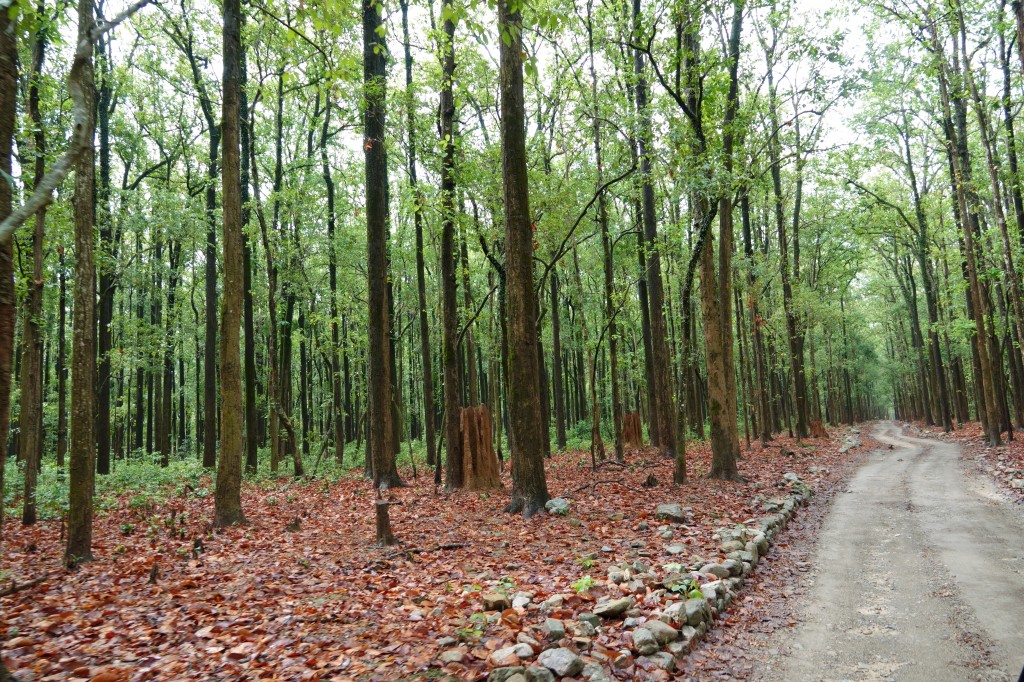
Year 2100… Imagine a scene like this. A young dad, using AI (Artificial Intelligence) shows a forest scene to his kid. The kid doesn’t understand and so he plans to take her by a supersonic aircraft to Singapore museum to show the tropical rainforests. Perhaps this may become a reality even before 2100. Yes, the last nail has been fixed on the coffin as the Forest Conservation Amendment (FCA) bill is passed in the Parliament during the ongoing monsoon session (July 2023) without discussion. It is another matter that the sessions were washed out due to uproar on Manipur issue. Earlier, the environmental activists took to social media platform against amendments and had gone for a signature campaign. The bone of contention is
- 15% of Indian forests will disappear overnight
- Especially the biodiversity hotspots in North East and Uttarakhand would be lost for strategic projects.
- Drilling for natural gases and oil can take place in forests
- Forests can be replaced by zoos, safaris and eco-tourism
- Environmental clearances will be gone for most projects
- The forest dwelling tribes can be put to risk
It is feared that 197,159 sq. km of forests (15% of existing forest cover) will lose protection, leaving it open for destruction. Forest lands within 100 kms of the borders are going to be used for strategic linear projects of national importance. Our border areas are extending from Gujrat to north eastern states through Rajasthan, Punjab, Jammu Kashmir, Himachal Pradesh and Sikkim. India is one of the 17 global biodiversity countries which is under tremendous pressure because of this amendment. Blanket permission is given for drilling the affected areas for extraction of natural gas and oil. Wild animals will lose their natural homes. They may be required to live in cages, if the bill is passed. Why animals, even tribals will lose their dwelling places.
The joint parliamentary committee does not include experts. Instead, the bill should have been given to Parliamentary Standing Committee for Science & Technology, Environment and Forests for review. When Public opinion was sought, about 1200 objections and suggestions were made by NGOs and experts. But none of them were considered. Instead, the bill has reached the hands of the JPC without any discussion. With the absolute majority in the houses of parliament, the elected Govt passed the bill and made it a law. So in future, courts will take cognizance of the amendments easily to give clean chit to mega projects even if there is a strong case for saving the forests. So, the amendments have literally snatched the rights of posterity. Days are not far off when a kid will wonder what a jungle is. The future researchers will do their empirical studies on degeneration of the tropical forest during 21st century for their PhDs!


